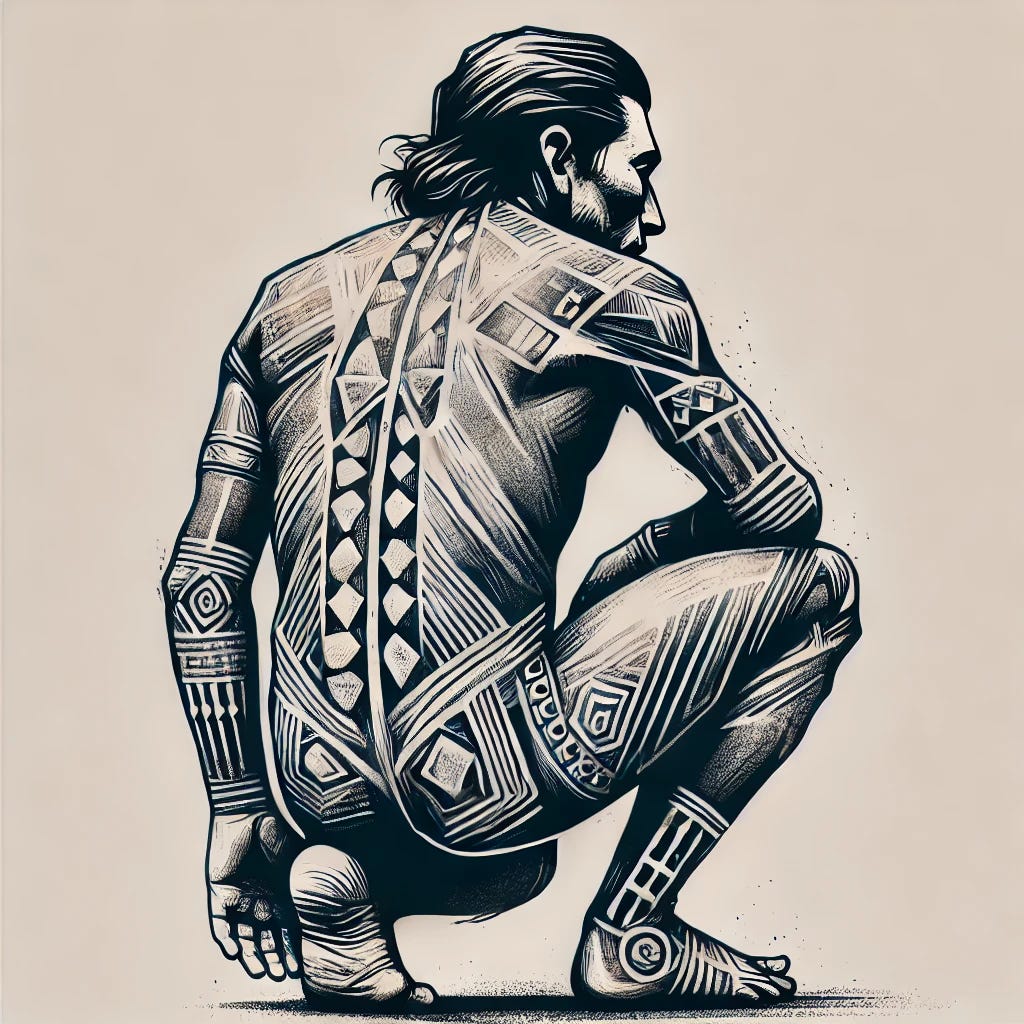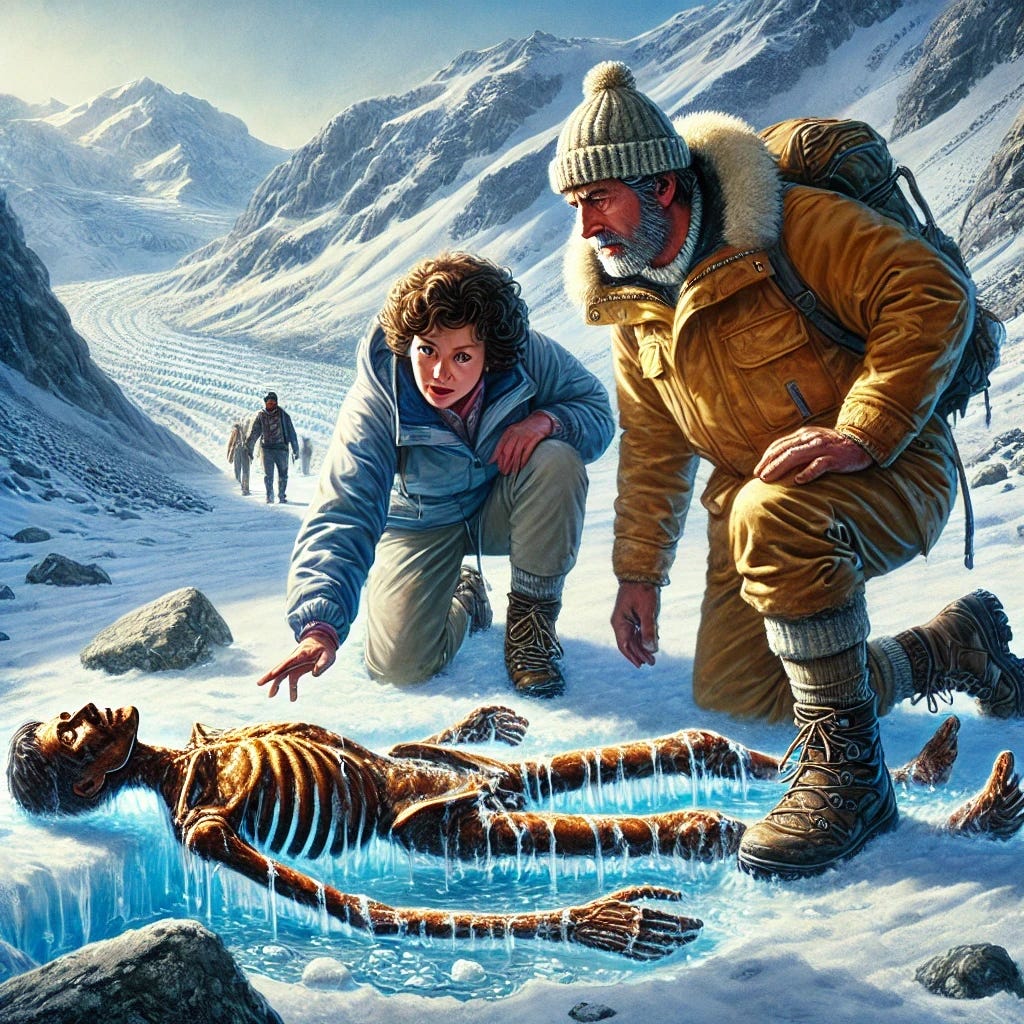I’ve lived in Richmond for like 30 years now, and I sometimes still feel like an outsider. I’ve somehow managed to avoid being covered in tattoos. Richmond’s well known for its tattoo scene, and plenty of nationally recognized artists have lived here for much longer than I have.
Today, when I walk around Richmond, I see sleeve after full sleeve of vibrant art everywhere. This town is a celebration of tattoo culture if ever there was one.
Three decades ago, there might have been about a tenth as many tattoos in existence as today, and that’s me being generous for the past.
This explosion has been due more to cultural norms changing enough so that someone with a full sleeve can get a job with a Wall Street bank, and facial tattoos are no longer fast food employment dealbreakers. If anyone out there thinks fast food establishments would hire anyone no matter how they looked 30 years ago, allow me to disabuse you of this notion with my own first hand accounts some other time.
Things have changed quickly, but tattoos have been around for a very, very long time. Just how long became clear one day back in 1991, when two German tourists who were hiking in the Ötztal Alps (on the border between Austria and Italy) stumbled onto a dead body that they figured was someone else like them, out to hike or explore the mountain.
These tourists were a married couple named Erika and Helmut Simon. They first caught a glimpse of this this corpse sort of emerging from the melting ice, all the way up over 10,000 feet (3200 meters) where the air is very thin.
Upon further inspection, the Simons realized the body was probably much older, but it must have blown their minds when it was finally revealed through radiocarbon dating that Ötzi was about 5300 years old. Ötzi is the oldest corpse in Europe that’s this well preserved, so naturally he was a gold mine for information about life during that time.
A few things were immediately evident once they got Ötzi safely out of the mountain gulley and to the University of Innsbruck in Austria for a good look. For one thing, he seems to have died from an arrow to the shoulder. He was buried with a bunch of tools and clothing, and we know what his last meal was.
Most strikingly of all, Ötzi had 61 tattoos. Eat your heart out, scenesters.
Most of these tattoos are simple geometric formations of lines. These are mainly short sets of parallel lines or the letter X.
These little tattoos (around an inch across) are all over Ötzi, including his lower back, wrists, ankles, knees, and calves. Researchers aren’t sure why they’re in those spots, but we do know that Ötzi had arthritis and Lyme disease, so it’s entirely possible that the tattoos were a bit like acupuncture, designed to be therapeutic.
On the other hand, human beings had been doing ritualistic stuff for many thousands of years by his time, including Göbekli Tepe, whose construction began six thousand years before Ötzi was born. It’s possible that these tats were symbolic or ritualistic, or maybe people just thought they looked cool.
Researchers think that Ötzi (and others like him) made these tattoos by rubbing charcoal into fresh cuts. Kids, do not try this at home.
Thirty years ago, I watched from my couch as my roommate was tattooed by hand. That’s because tattooing was banned in the state where I grew up from 1966 through 2004. When I said those cultural norms had changed over the last three decades, I wasn’t kidding.
I saw the new image slowly appear on my friend’s wrist, gradually turning from a rough outline to an image over the course of an hour or two—the same process Ötzi went through some five millennia ago, and while today’s tattoos are vastly safer and much more precise, very little has changed in principle. Ink still bonds with skin five thousand years later. Watching this happen in my living room all those years ago felt timeless and surreal.
Do you have tattoos, or has your skin somehow avoided the tattoo needle as mine has? Has tattooing changed any during your lifetime, at least from your vantage point? Why do you think Ötzi got tattooed all those years ago?






I've never been that into Tatoos. I think they can be really cool but I don't have anything important enough to capture like that. I love the idea on Māui of all the adventures but I don't even know where I'd start.
I label it being afraid of pain, however, deep down I wonder if it's a form of fear of permanence, being locked in to one image, one word, one anything forever. Perhaps my tattoolessness is a form of commitment avoidance. Interesting about Ôtzi.